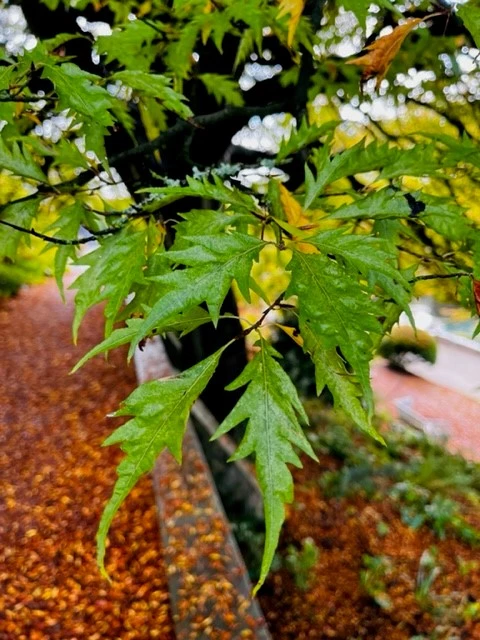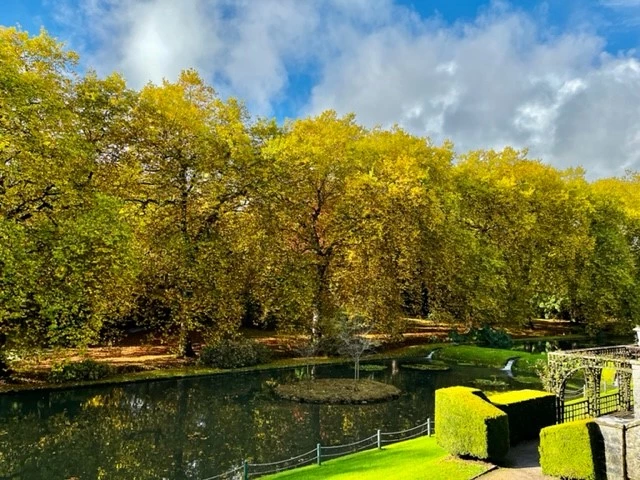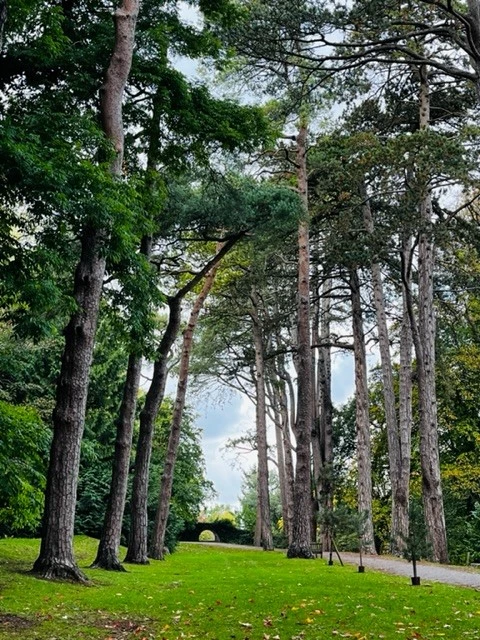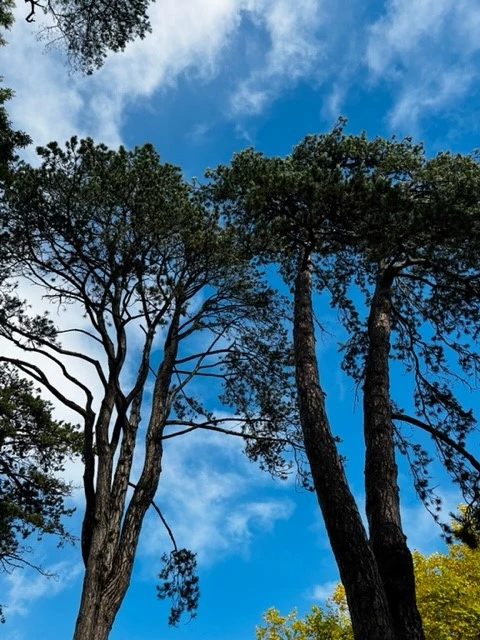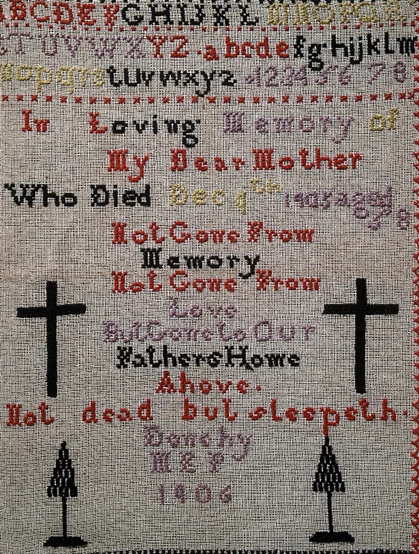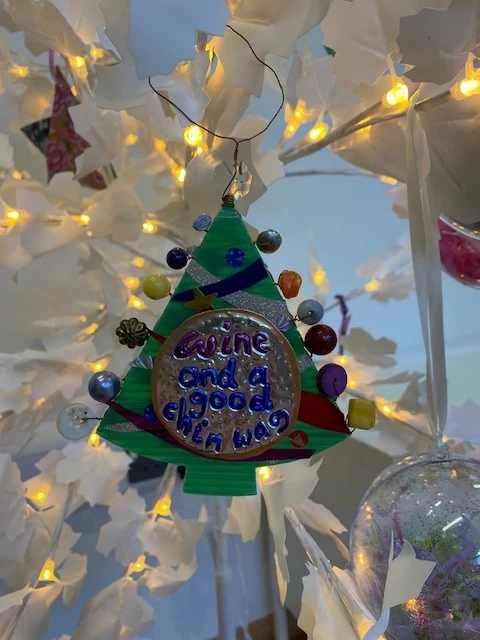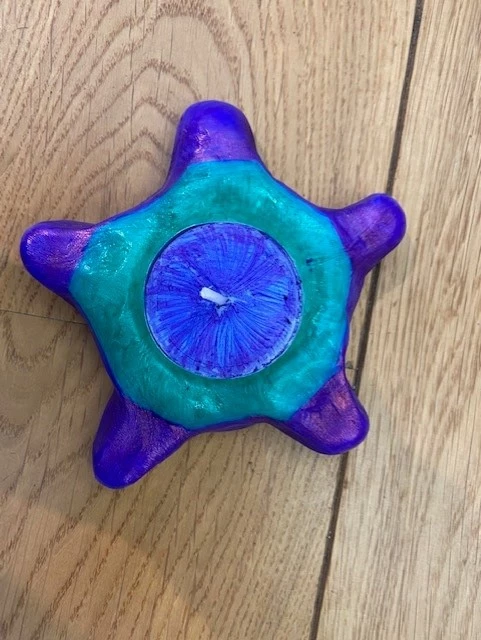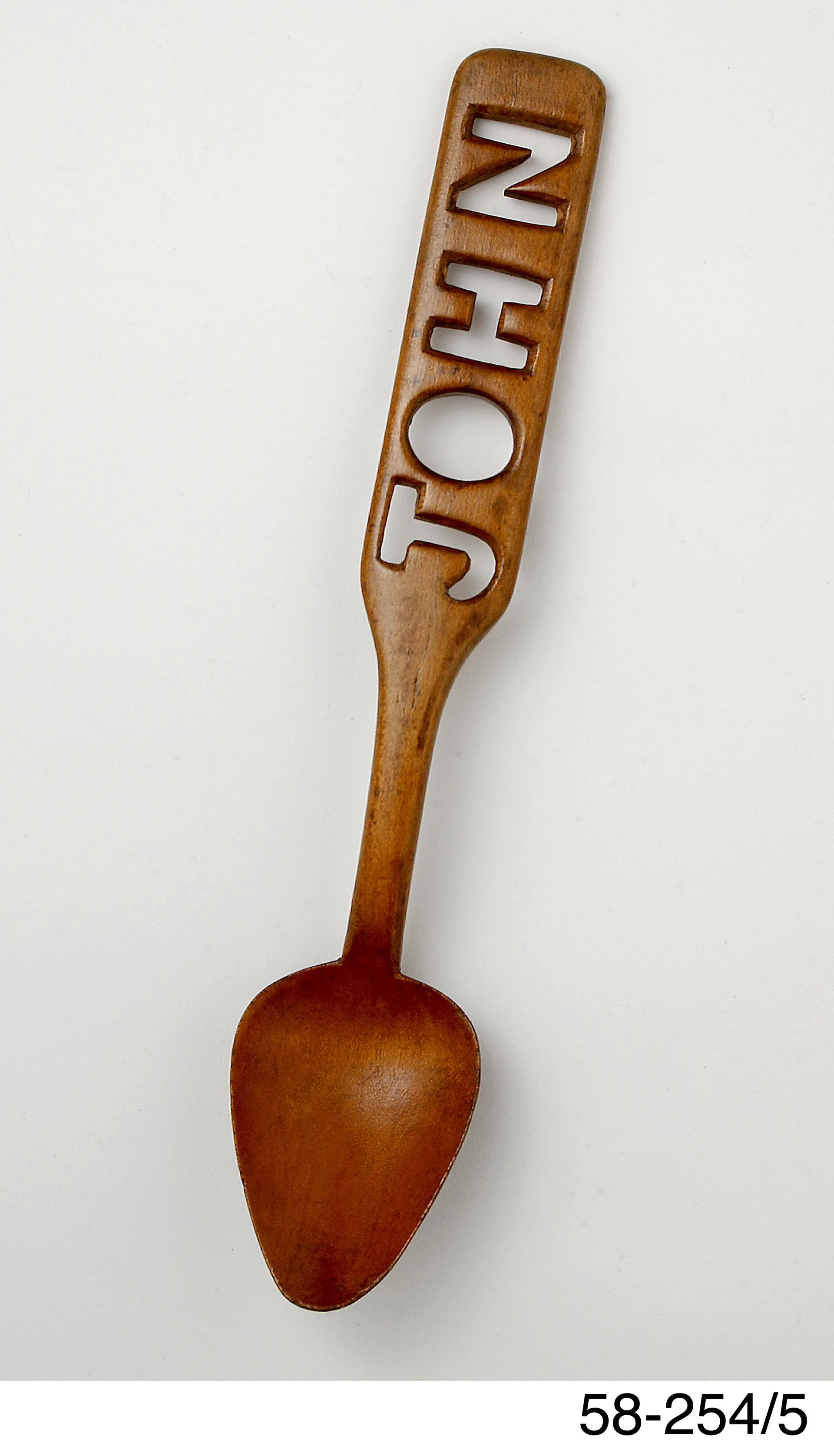Touring with Cranogwen
, 21 February 2023
When trying to visualise people’s lives, particularly those from the past, it’s often the small things that bring lives to life such as a ticket to a lecture or a brooch - and two items in Amgueddfa Cymru’s collection certainly do that.
They both relate to Cranogwen, the bardic name for Sarah Jane Rees (1839–1916) a master mariner, poet, writer, editor and temperance worker who, for most of her life lived in the small town of Llangrannog, Cardiganshire. She was born there and throughout her life travelled from there to become one of the most well-known women in Wales in the late nineteenth/early twentieth century. And it was here that her two partners lived, first Fanny Rees “Phania” (1853-1874) who died aged just 21 and later Jane Thomas (1850-?) who, in most of the census returns is described as a ‘domestic worker’, ‘general servant’ or ‘charwoman’.
Cranogwen was often away, involved in myriad projects and giving lecturers but her first tour started in 1866, a year after controversially winning an Eisteddfod poetry prize when it was revealed a woman had beaten the men. Consequently, when she started touring her name was already known as a Y Gwladgarwr journalist noted:
The reader will remember that it was the young girl lion who took the prize at the Aberystwyth Eisteddfod for the song for the Wedding Ring. After hearing that, and also understanding that our leading poets, such as Islwyn and Ceiriog were competing, I was a bit surprised that there was some ‘dirt in the cheese’ somewhere. [i]
Cranogwen’s tour centred on her lecture ‘The Youth and the Culture of their Minds’ although this did expand later to include two other lecturers, ‘Anhebgorion Cymeriad da’ (Essentials of a Good Character) and ‘Elements of Happiness’, all concerned with improvements in people’s characters. As she spoke in Welsh, they were predominantly covered by the Welsh language press with the English language media paying very little attention.
Cranogwen started off in the Aberystwyth area so hopefully Jane did travel with her to provide some support but as the talks grew in popularity Cranogwen travelled further afield and just two months later at Swansea’s Brynhyfryd Chapel nearly one thousand people turned out to see her - a daunting prospect for anyone so hopefully Jane was there as well to give support.
Word was spreading quickly and, as a journalist at Baner ac Amserau Cymru noted, ‘There is no need in the world to go to the trouble of giving a description of the lecture today, because it is already quite well known throughout Wales.[ii]
Everywhere she went praise was showered upon her, causing one journalist to wonder if she could live up to the hype: ‘since we had heard such praise for her, we expected her to be good. But we never imagined that she was as talented as she is, and so masterful at her work.’ [iii]
Night after night she spoke to rave reviews and her one-hour lecture expanded into two and even longer when local dignitaries sought to appear on stage alongside her, adding their pennyworth. Local poets flocked to her, often writing englyns, many of which were published in the papers, and women were following her example and taking to the stage.
This caused concern.
Women, particularly ‘young girls’ (she was 27 at the time) should not be lecturing, said the men, who complained of the impropriety of women speaking in public. ‘The inhabitants of South Wales,’ ranted the Cardiff Times, ‘are running wild with the young ladies who are lecturing about the country [and] in the opinion of many eminent men this is going too far.
At the Association of the Calvinistic Methodists held at Carnarvon the Rev. Henry Rees, and eminent minister, whose name is known through the Principality, spoke against female preachers, and stated that it would be far more becoming in those who are fond of preaching to attend to those duties which belong to their sex. We are glad that a gentleman of Mr Rees’s standing has set his face against this new mania.[iv]
‘Are these women not at home?’ Seren Cymru joined in, ‘are we ready to see our parishes being dotted, if not flooded, and women lecturing.[v]
Most journalists ignored them and continued their rave reviews of Cranogwen.
The talks usually began at 7pm and tickets cost 6d (about £2 today) and audiences were huge with many writers noting how listeners would sit quietly entranced for two hours often nodding in agreement and rewarding Cranogwen with thunderous applause. In almost all her talks it was noted that the profits went to pay off chapel debts.
Throughout 1867 Cranogwen continued to tour and the Amgueddfa Cymru ticket is dated to 2 January but no newspaper report has been found for Brynmenyn, Bridgend – but then there were so many talks not all were covered and the tour was a year old by this time.
In 1869–1870 Cranogwen toured the United States giving the same sort of lectures – and we would need to examine the immigration records to see if Jane went with her.
When she returned, Cranogwen continued her good works, and in the early twentieth century she, like many eminent women, become involved in the temperance movement. Drunkenness, particularly among women was endemic as they tried to escape harsh lives and a number of unions were set up to try and tackle this including the Rhondda Women’s Union, set up in April 1901. It was so successful that a decision was made to expand it, and Cranogwen was instrumental in changing it to Undeb Dirwestol Merched y De (U.D.M.D.) (South Wales Women’s Temperance Union) where she was the Organisational Secretary, with her address still listed at Llangrannog. Once again, Cranogwen was touring extensively with the Union.
As they arrived at each town, Union members would process through the streets carrying banners before settling at a chapel where prayers and hymns, and readings from the Bible, were read out followed by speeches by leading members of the Union. In addition, guest speakers featured well-known Welsh women who would draw in audiences, followed by tea and cake and socialising, and the three-hour events were attended by hundreds of people. There would be collections, and sales of pamphlets and badges. The example in the Amgueddfa Cymru collection is technically a brooch and it is not clear if the badges Cranogwen received money for, were these brooches.
By December 1901, new U.D.M.D. branches were growing throughout south Wales and by the time of Cranogwen’s death in 1916 there were 140 branches throughout South Wales.
Cranogwen was indefatigable, and one can only wonder at her energy. As well as all her good works one of her strengths was the encouragement of so many young women to become writers and orators, even if the men disapproved.
Cranogwen died in 1916 at Wood Street Cilfynydd, Rhondda Cynon Taf, her niece’s house. ‘No other Welsh woman enjoyed popularity in so many public spheres’[vii] noted the Cambrian Daily Leader. Unfortunately, it is not yet known when Jane died, hopefully the forthcoming biography by Jane Aaron will tell us more, but just five years earlier they were still living together in Llangrannog and the town was to remain Cranogwen’s permanent address for most of her life. No matter how much she travelled, it seems she always went home to Jane.
Memorial to Sarah Jane Rees, Llangrannog (WikiCommons)



